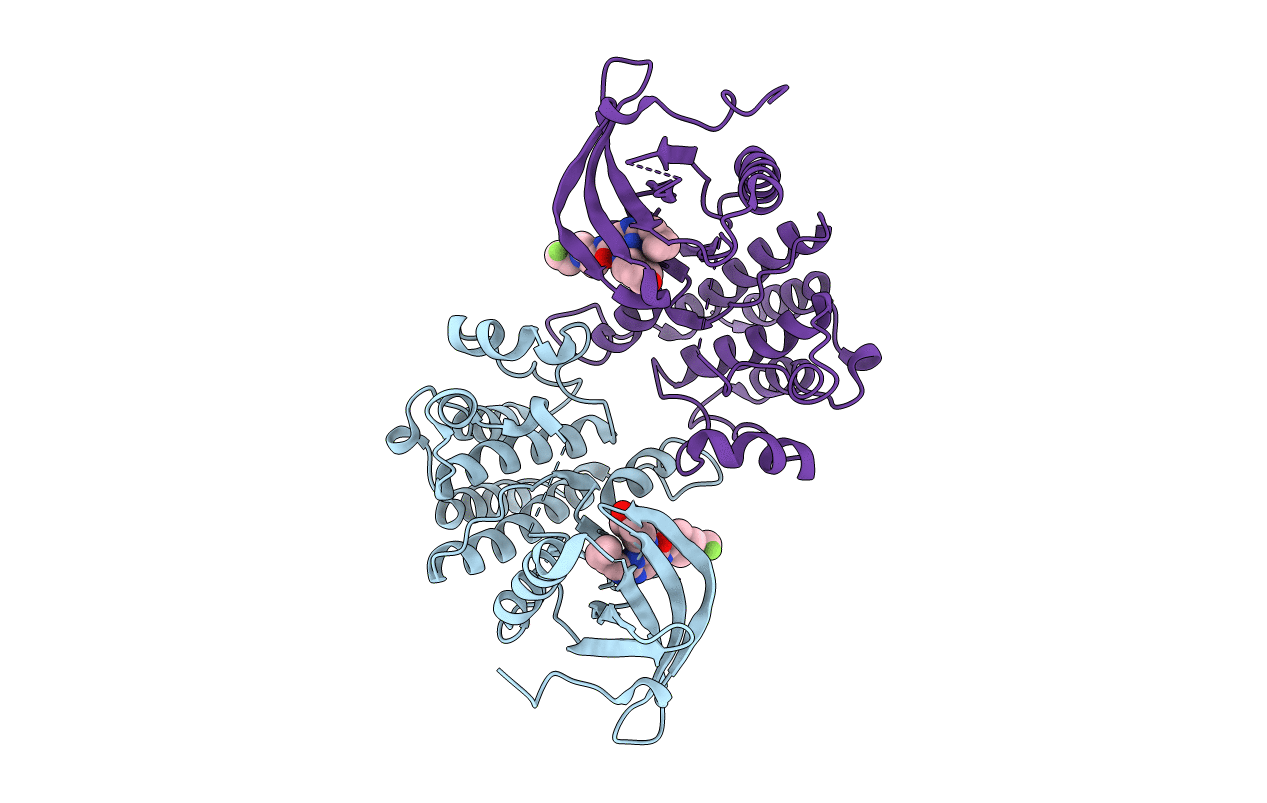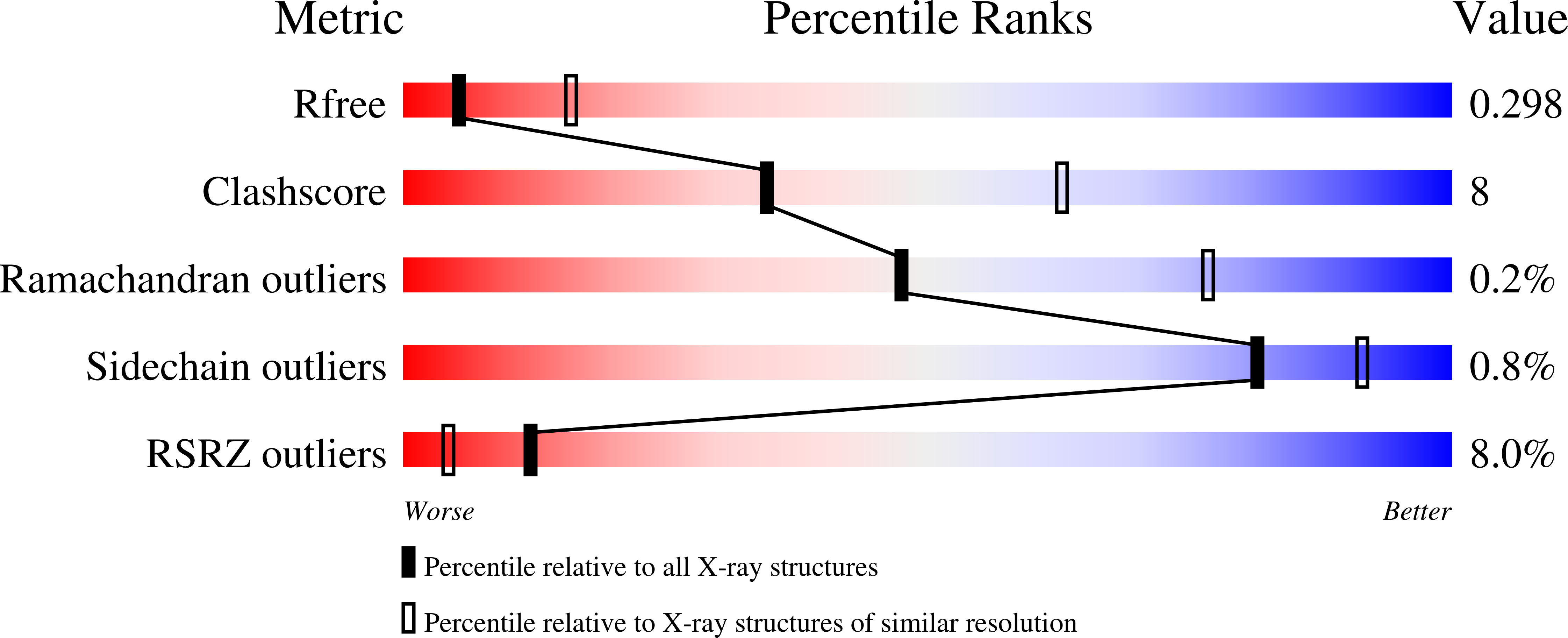
Deposition Date
2021-03-25
Release Date
2021-10-06
Last Version Date
2023-10-18
Entry Detail
PDB ID:
7M5Z
Keywords:
Title:
Crystal Structure of the MerTK Kinase Domain in Complex with Inhibitor MIPS15692
Biological Source:
Source Organism:
Homo sapiens (Taxon ID: 9606)
Host Organism:
Method Details:
Experimental Method:
Resolution:
3.06 Å
R-Value Free:
0.29
R-Value Work:
0.26
R-Value Observed:
0.26
Space Group:
P 21 21 21


